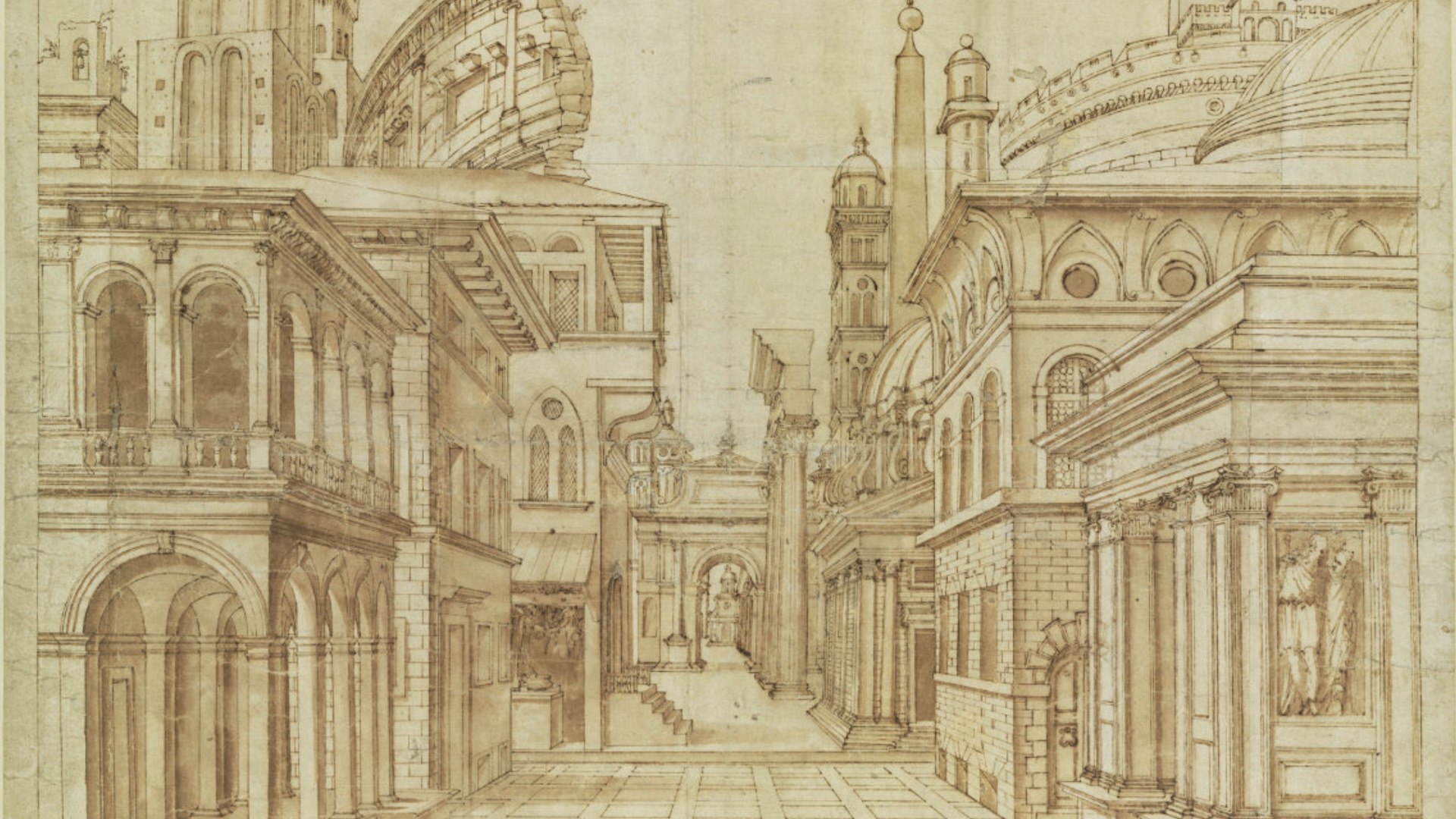The laboratory has inherited EPFL’s long-standing tradition of studying vernacular and monumental heritage. Since 2014, fifteen analysis campaigns were carried out on architectural heritage across country involving more than 500 technicians and students in field investigation. Such campaigns have enabled LAPIS to develop a new system of ‘representation codes’ and ‘standards’ that integrate, in a coherent way, the ‘traditional’ graphic conventions of hand-drawing with new technologies of automatic surveying. In the Swiss alpine context, this system of representation has been used as an operative research tool to investigate the relationship between building typology and urban morphology. Overseas, experimentation is underway at an active archaeological site in Kom Ombo, Upper-Egypt, where a survey campaign is currently conducted, and at the Easter Islands where a survey campaign is carried out in collaboration with the FAR Laboratory. LAPIS’ position is clear; it is only through an active process on knowledge acquired through representation and rooted in the territory, that architecture has a chance at being safeguarded and restored.

Atlas Vernaculi
The laboratory focuses on questions relating to the representation, archiving and classification of vernacular heritage in the production of knowledge of the nineteenth and twentieth centuries, both in architecture and in related disciplines. Various interpretations of the vernacular aim to provide answers to the increasing loss of meaning of the built environment; a loss caused (…)

Critical Survey
Since the 1960s, EPFL has continued to study anonymous architecture through the active process of architectural surveying. This in-depth research has been inherited by LAPIS, which has since contributed to its development and dissemination. Through systematic research in the field, the laboratory aims to develop new synergies between automatic digital survey methods and those of (…)